The security situation in the western provinces of Afghanistan has deteriorated significantly over the last year. The first five years after the allied invasion were a time of peace and hope for the people in the west. The Western city of Herat has 24/7 electricity from nearby Iran, functioning modern infrastructure, and showed much promise early on. But bad news started filtering out in late 2006. Stories about businessmen unable to operate or turn a profit due to the graft, corruption and incompetence of the Afghan government appeared in the press. Now Taliban fighters are active in Herat, Ghor and Badghis provinces and the brief flame of hope that Herat once represented is dying slowly but surely.
We had a mission out west back in December of 2006 to conduct a food assessment survey. It was rumored that famine was afoot in the remote mountain villages out there so someone needed to assess how much food was available and at what price. Readers who are familiar with the military effort here are probably thinking “wait, that is what the PRT’s are supposed to be doing”, which is true. But that would require extended missions outside the wire and that is something PRT’s do not seem to do, so we were contracted to do it for them. Long haul remote trips like that are our specialty so the Afghan American specialist assigned to this task contracted us to take him. I was gone two weeks, yet at times felt I had traveled back in time 200 years. Along the way we came across one of the most unbelievable sites in Afghanistan: the minaret of Jam.
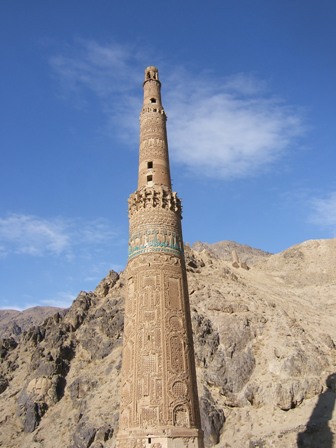
We had serious time and budget constraints which forced us to drive around the ring road to Herat where the assessment was to begin. That could not be safely done today and it was dangerous two years ago too but not so much during the winter months. The picture below illustrates one of the reasons why being molested by the Taliban while traveling in the winter is rare.
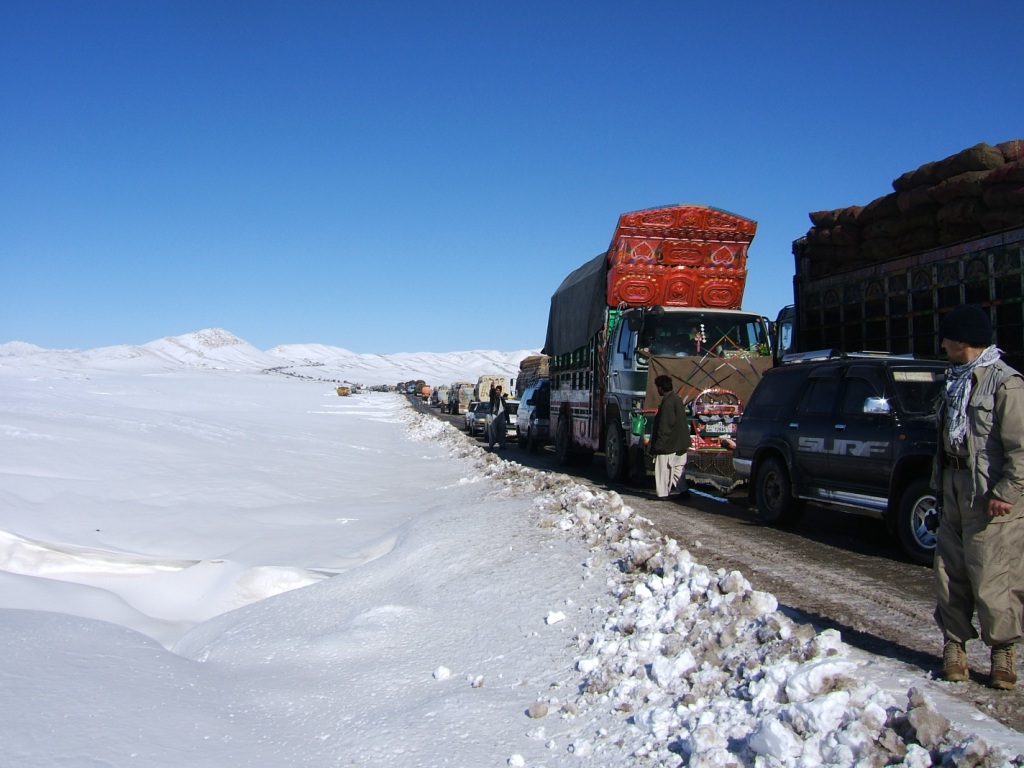
There are no snow plows in Afghanistan (except on the Salang Pass and they were left behind by the Soviets) so a traffic jam like this can last for several days. Working with my usual team of Tajiks we weaved through this mess in about 90 minutes by cajoling people to move a little here and a little there, and at times driving through the snow on the shoulder. Afghans will always cooperate and help an international who smiles at them, is polite, and knows a few words of Dari or Pashto. Being a good Marine the first thing I learned were the swear words which helped get us clear that day. Swearing about the weather and road and lack of snow plows allowed me to fit right in.

We arrived in Herat the next day and hit one of the better restaurants in town for an early afternoon meal. The weather was cold that day so of course we ate outside because my team knew I would be cold and wanted to see if I bitched or moaned about it. I know how to play this game and acted as if eating out in windy, 40 degree cold was exactly what I wanted to do. This made Little Daud (pronounced Dow ood which is Dari for David and a common name) glum. He had bet Big Daud and Medium Daud (there are three in my crew) that I would make them move inside and now owed a little coin to his cousins.
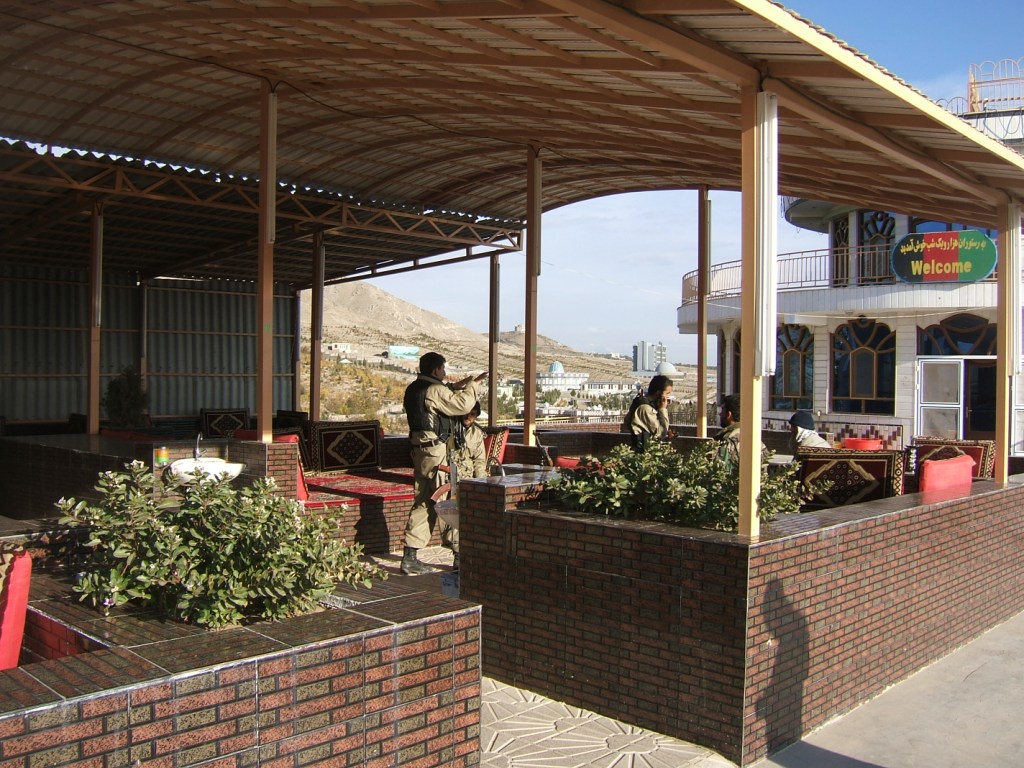
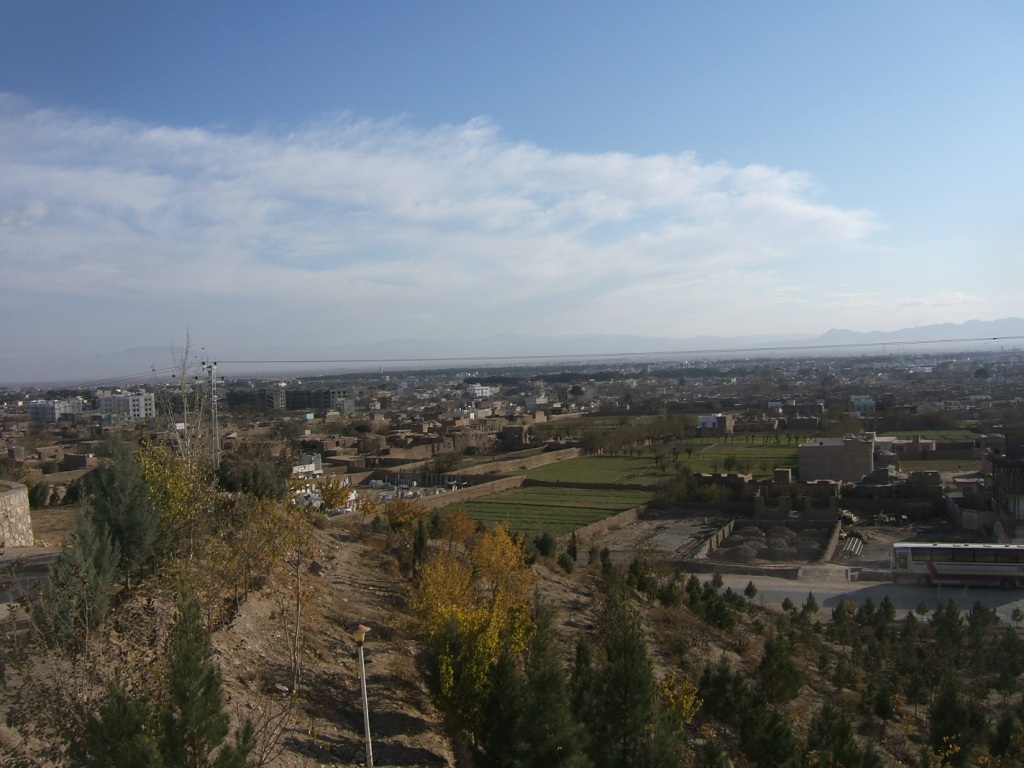
The Marco Polo Inn in Herat has a wing for us foreigners with heaters in the halls and rooms, sit down toilets, and TV’s playing live CNN and the BBC news casts. I would have to wait for a trip to Peshawar of all places to be able to watch Fox News but man did I like the sit down toilet and heat. Afghan buildings are not heated and this was the last I was to see of a warm room and biased crappy western news for the next 10 days.
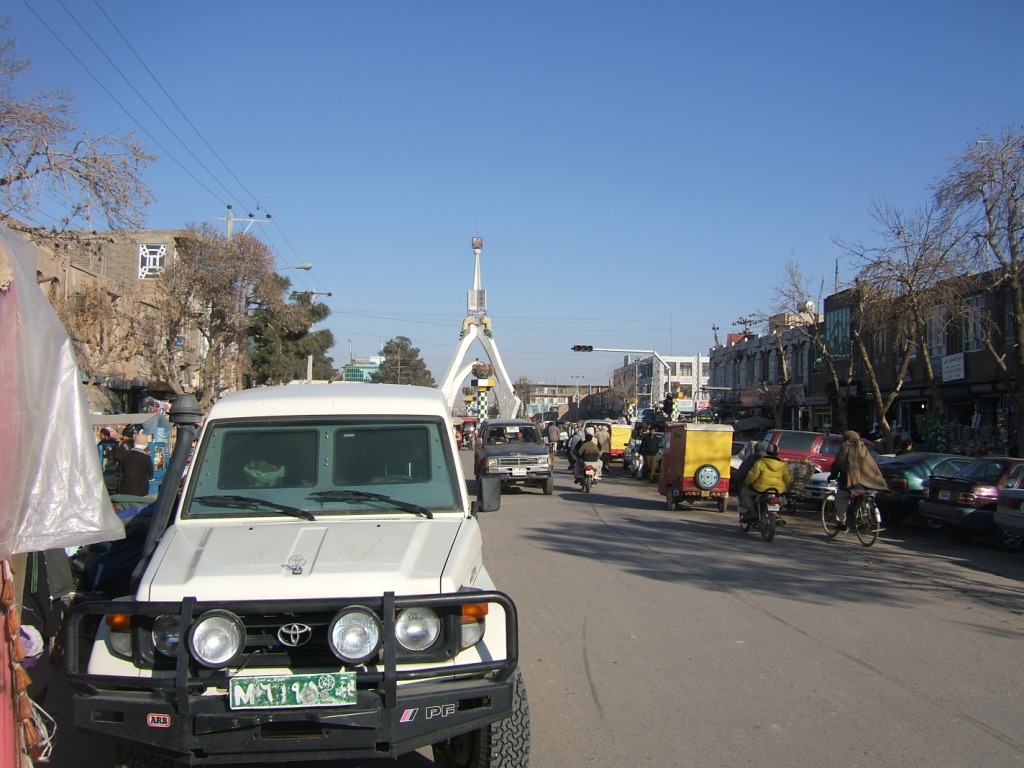
We headed into Ghor Province the next day planning to take two days to reach Chaghcharan the provincial capital. Like most of the country the roads into Ghor are unpaved and often hard to follow. At times they peter out into dry stream beds or divide up into three different directions. A map and compass are critical if you are going to stay on track. When in the countryside you have two choices to overnight; camp out in the mud or stay on the floor of a local tea house. We choose the tea house route.
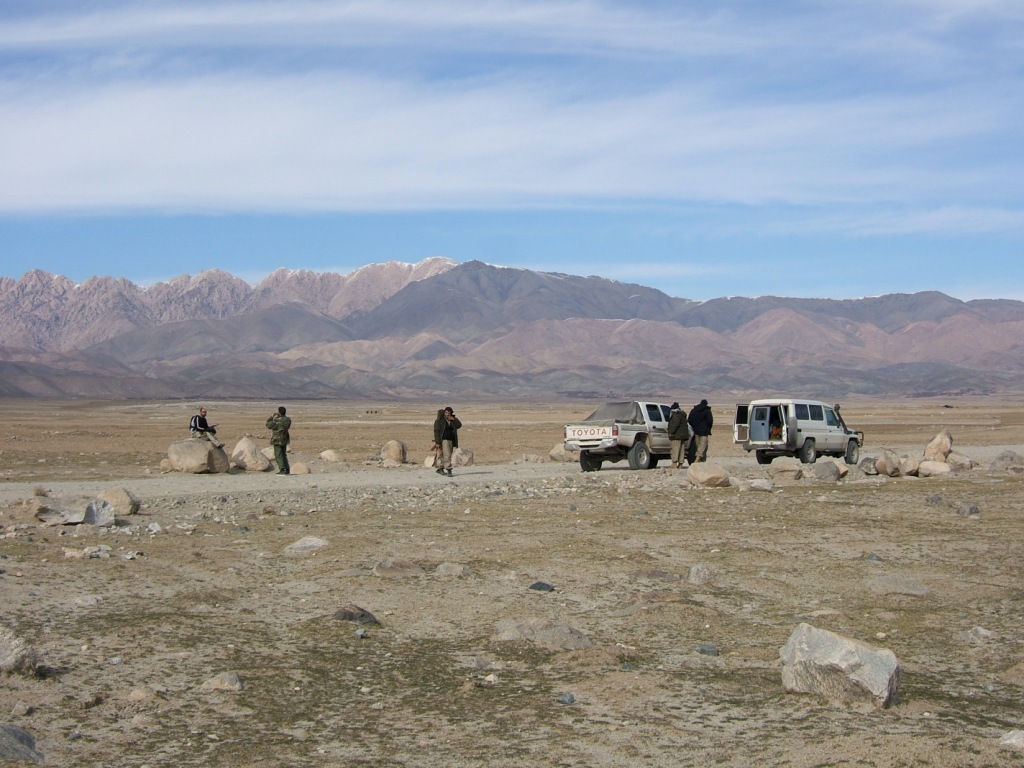
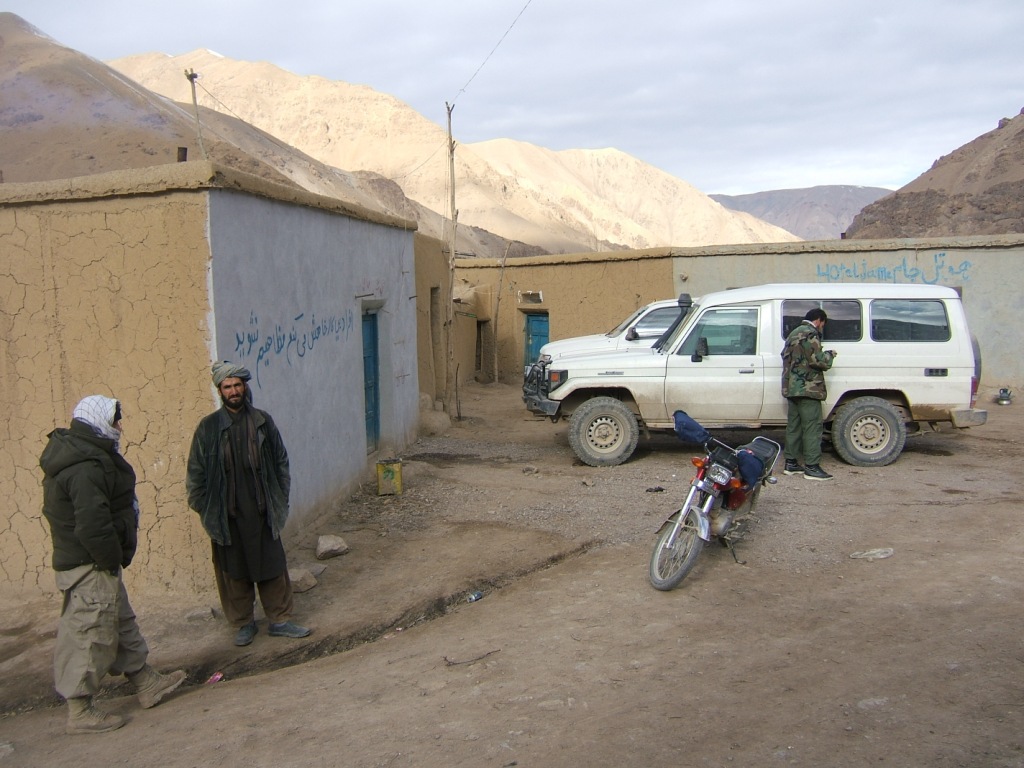

Life in the villages of this rural area has remained unchanged for many many years. There are a few modern conveniences, the people have access to motor transport, some have generators, and most have radios. The irrigation systems are primitive but works plus this is one area where the US AID contractors have had great success with their field veterinary units. These outposts, run by Afghans, provide vaccinations and medicine for local livestock which are the major source of food and income. But for all intents and purposes life in these villages has not changed for generations.
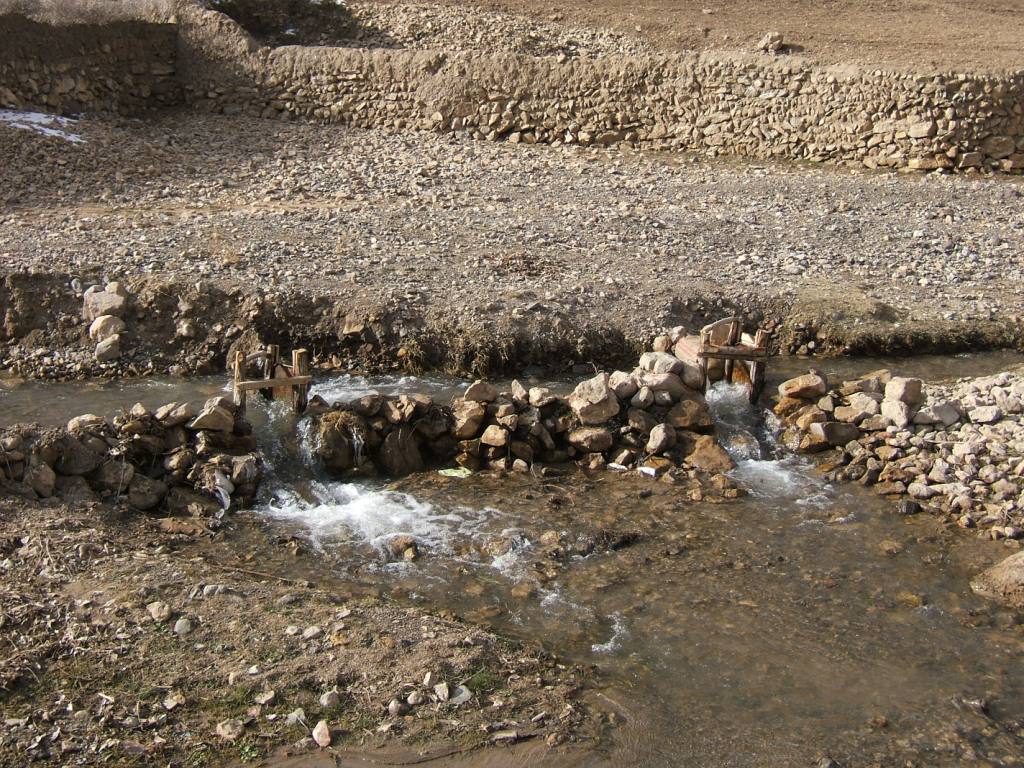
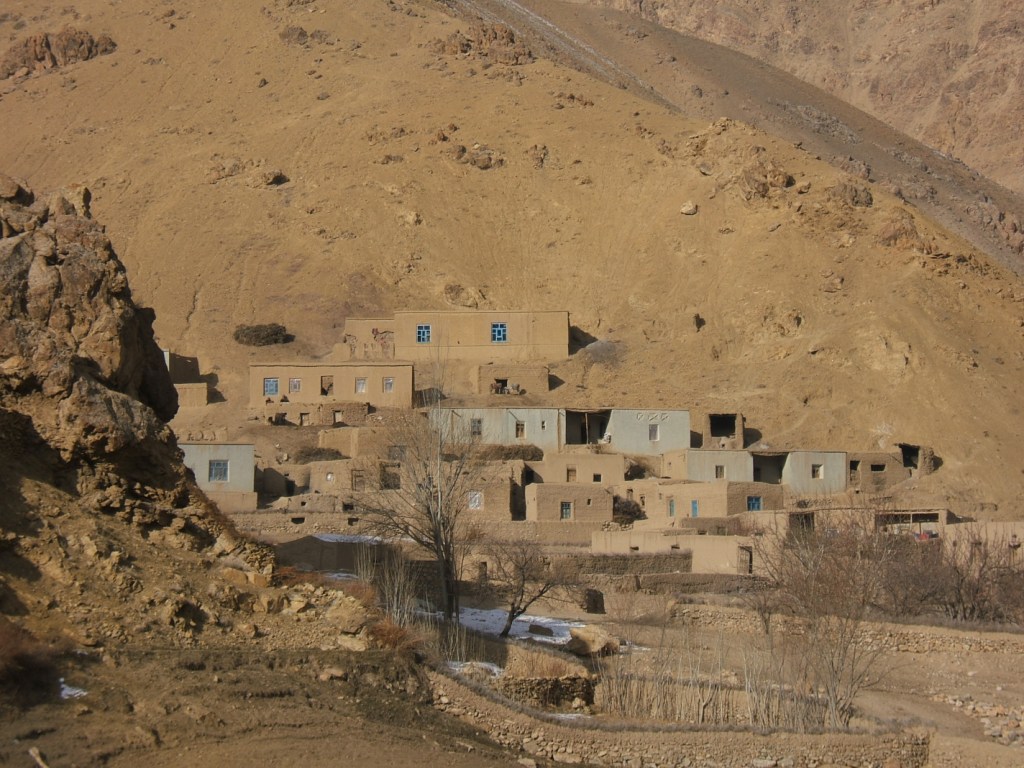
On our second day of travel my crew and Karim awoke with great excitement and anticipation. They would not tell me why, saying that I would not believe what we were going to see in a few hours. They were right. As we moved down a valley towards the Hari Rud River up popped the minaret of Jam. The tallest complete and authentic ancient minaret in the world, it was built by the once great Ghorid Empire, who in the late 12th century ruled over what are now Afghanistan, Pakistan and India.
Rumors about this magnificent tower did not reach the west until 1944. They were not confirmed until a French archaeologist located it in 1957. For 700 years, since Genghis Khan had rampaged through the valley destroying the Ghorids, it had been forgotten to history.
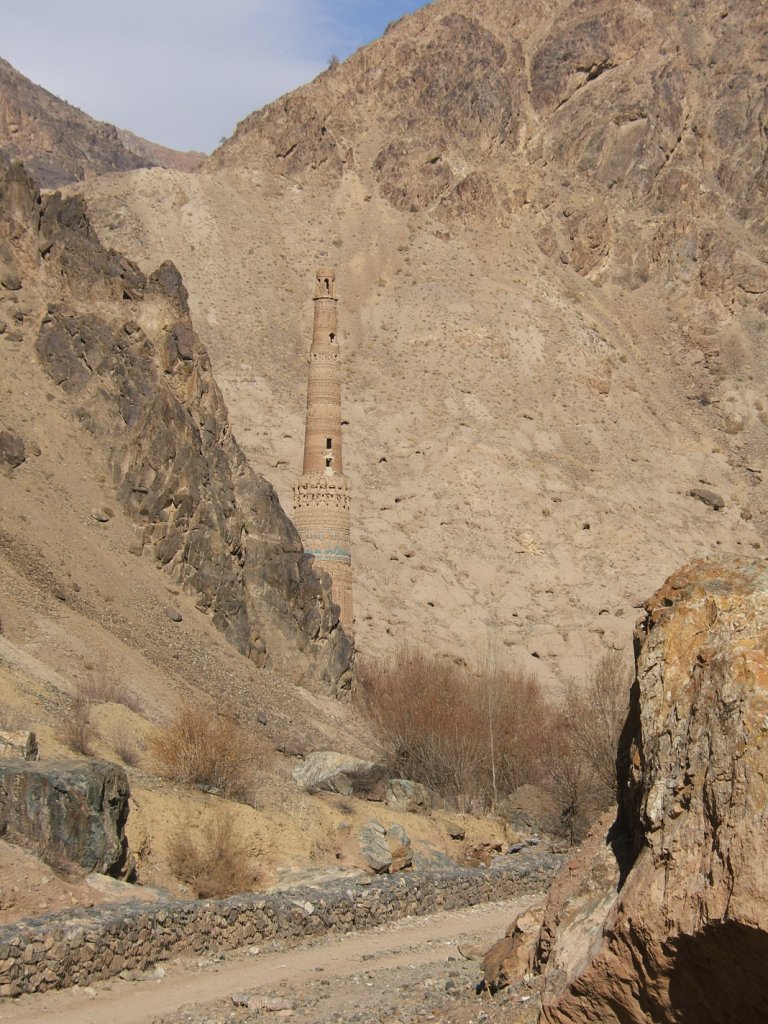
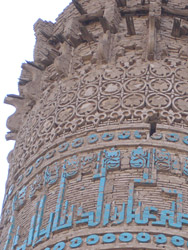

None of my Afghan colleagues had ever seen the Jam and a few had doubted its existence. There was one ANP policeman guarding the site and he told us no westerner had ever been here before as far as he knew. I was excited soon convincing myself I was the first westerner to see the Jam in 40 years. After this trip I flew home for Christmas and picked up a book in the Dubai airport by a Brit named Rory Stewart. Turns out he had walked the exact route I was driving with just a dog, a back pack and walking stick. His book had an entire chapter on the Jam Minaret and the surrounding Turquoise Mountain complex. Rory lives in Kabul now and is restoring an old bazaar with his Turquoise Mountain foundation and I hope to meet him some day. Walking from Herat to Kabul with nothing but a dog and a big stick in the middle of winter is madness. But the kind of madness I can respect.

Crossing the Hari Rud River in the middle of the day was drama – the river was swollen and the ford point so deep that when we came back we hit this spot at 0200 knowing the water level would be much lower. In Chaghcharan we stayed at the house of a local judge who was related to Karim. We reported into the PRT which was manned by troops from Lithuania so that Karim could chat with the USAID representative. I don’t know how much the Lithuanians get out and about, but man did they have a gigantic, very cool looking sauna set up in their camp. After conducting our census and talking with the Provincial Governor we headed back out the next night with the aim of crossing to Hari Rud before dawn.
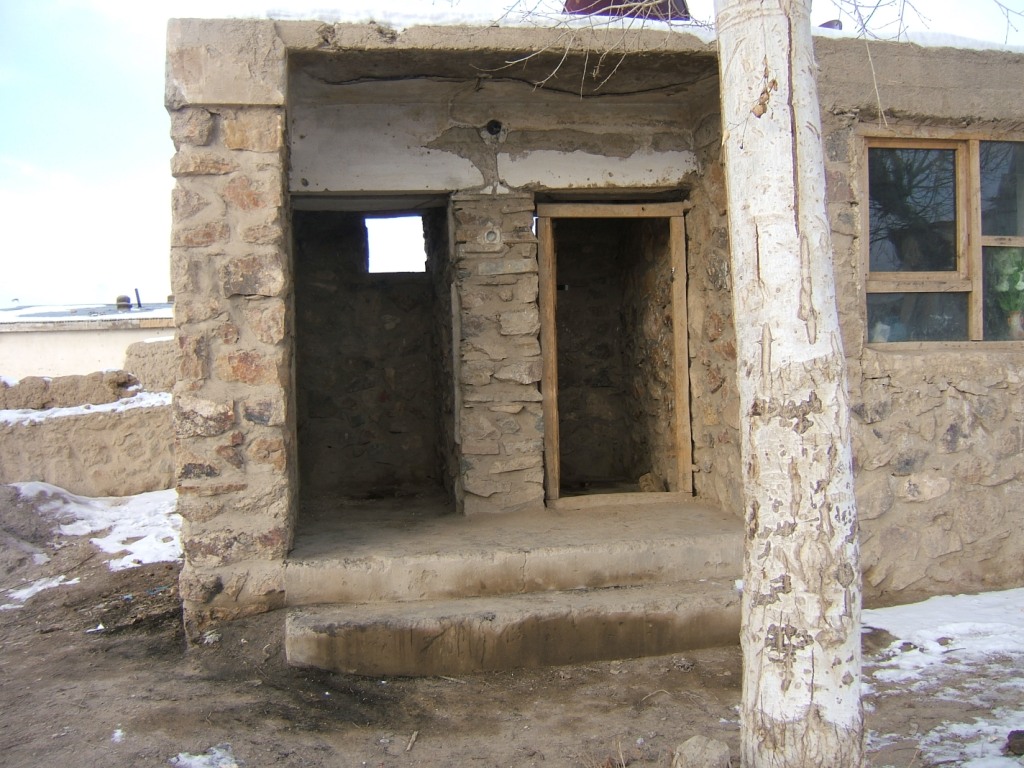
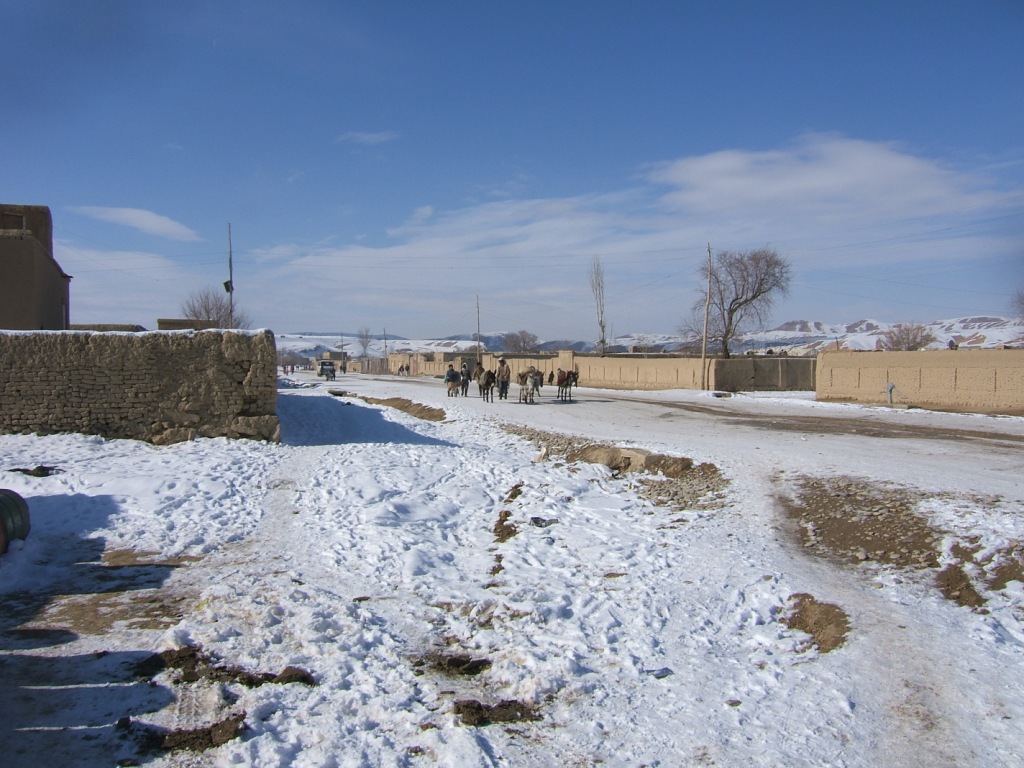
On the way out of Ghor one of our vehicles had a front strut weld break. Big Daud spotted a hand cranked welding machine on the side of the road in one of the villages so we stopped and asked for the owner to come help us fix the truck. That took about 10 minutes and cost all of two dollars. The weld has worked to this day Afghans may not have been afforded good educations but they are smart people.
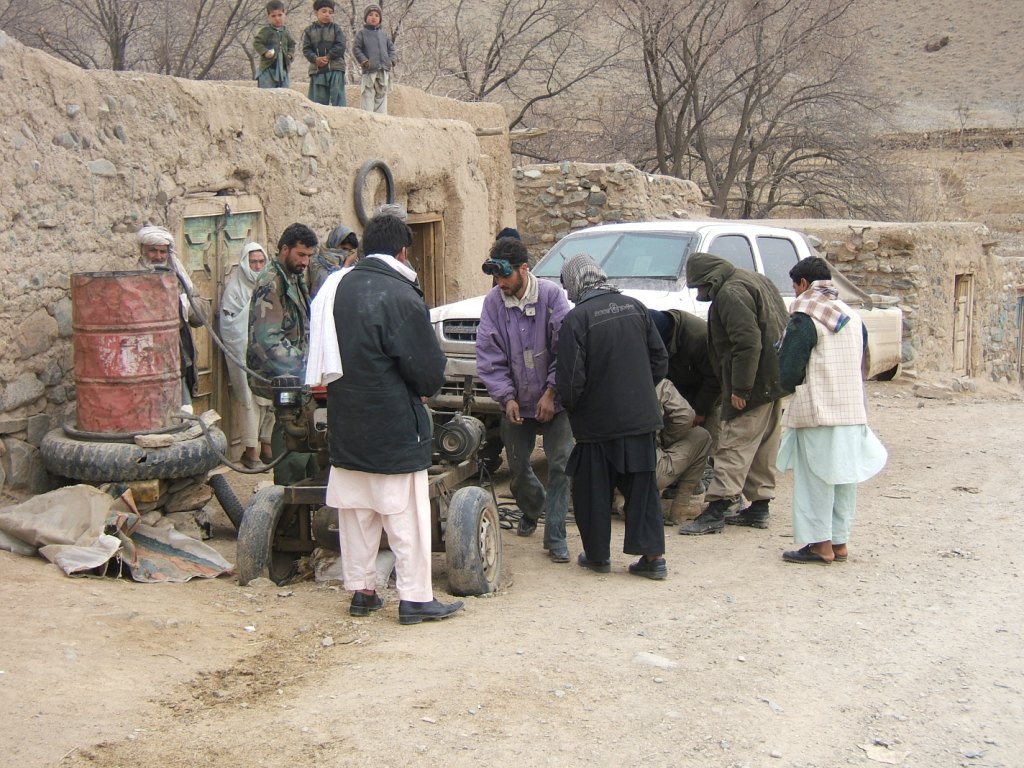
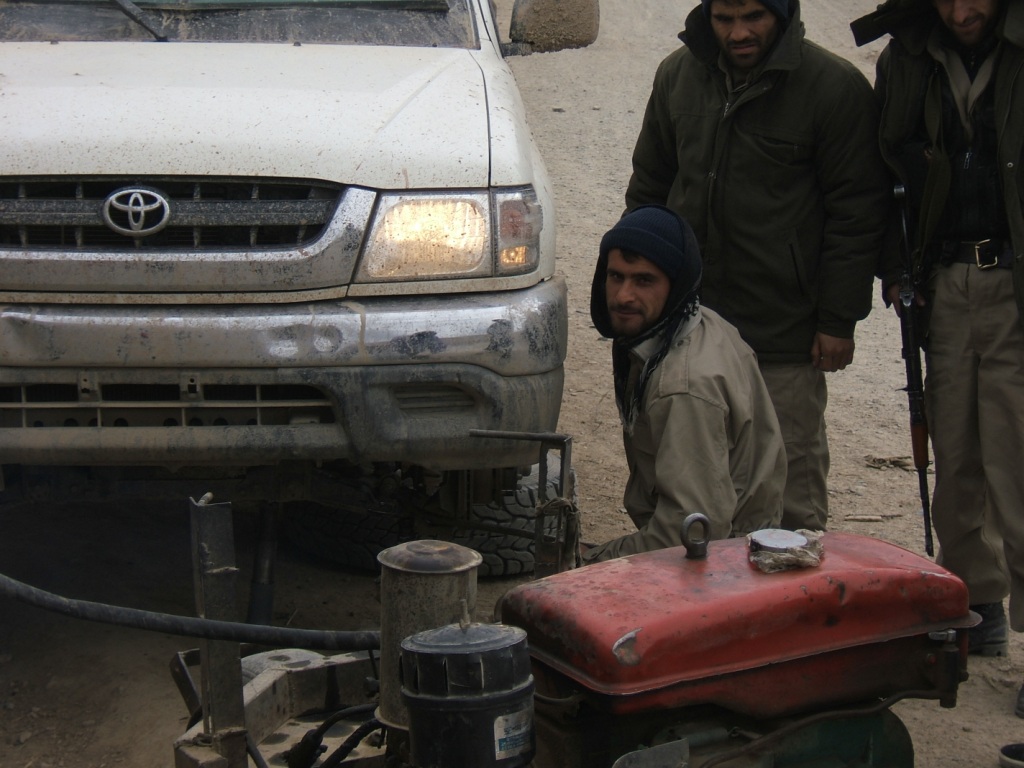
The next leg of trip was into Badghis Province which would require us to go way up above the snow line. As you transit the lowlands you’ll see most of the houses are made of thick mud walls with domed roofs. Domed roofs are common in the lower elevations of the west and north because there is not enough timber to build flat roofs. The domes also are an efficient system in areas where there is a large variation in the daytime and nighttime temperatures. They vent the warm air at night and allow cool air in making it comfortable for the families below.
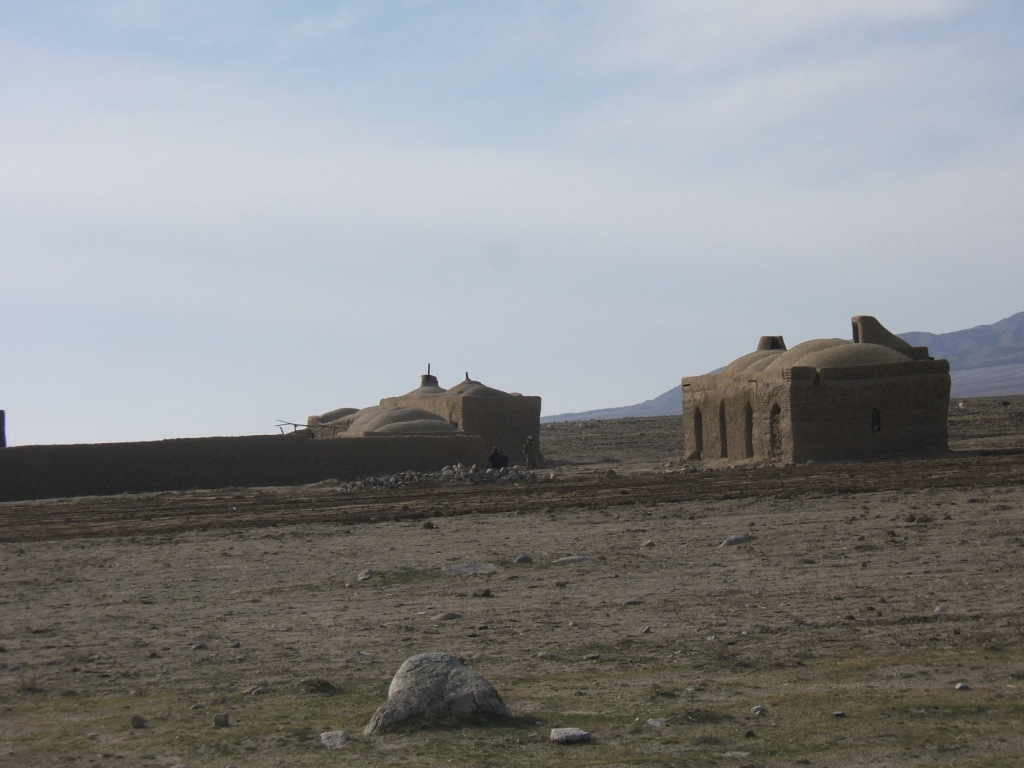
As we moved up into the Badghis Pass we hit a fair sized snow storm which required us to get the tire chains fitted.
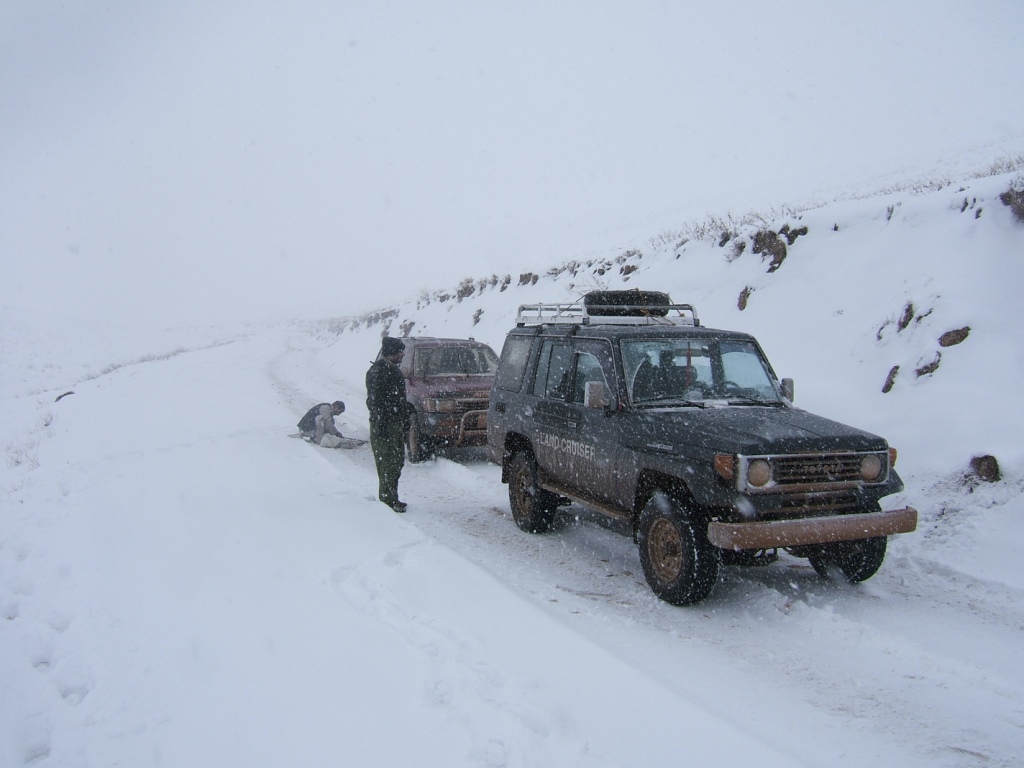
Once in the pass we ran into a typical scene traffic jammed up due to heavy snow and trucks with bald tires and no chains. Once again the crew got out and started moving traffic out of our way.
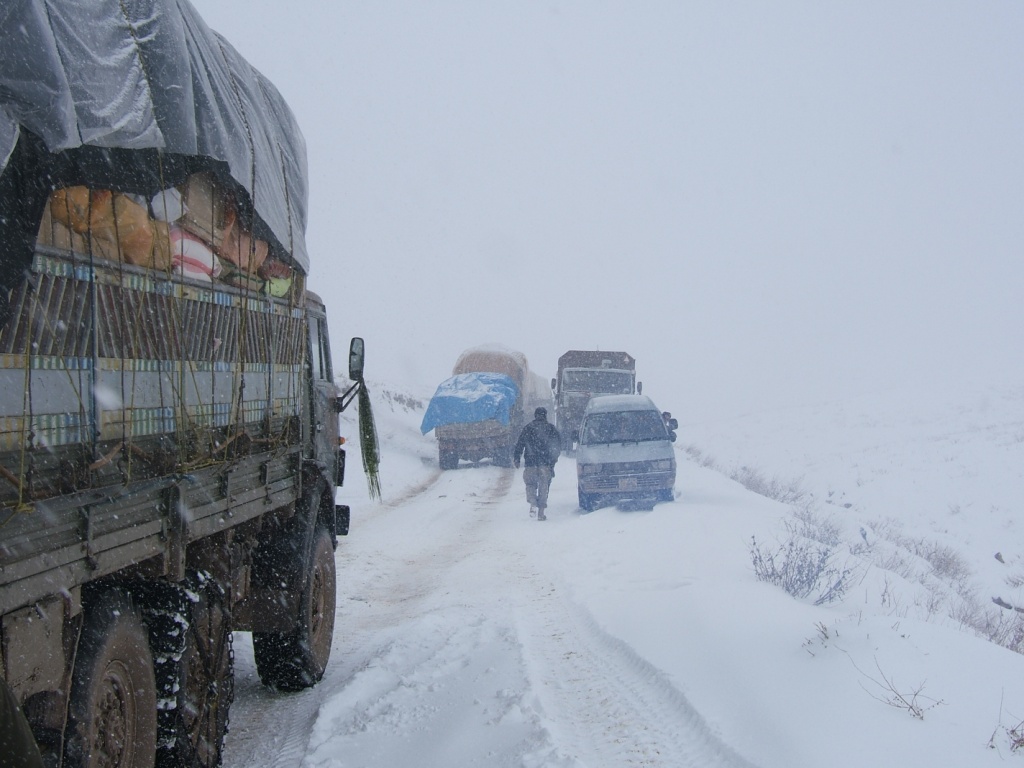
The capitol of Badghis Province is Qala-i-Naw and Spain has the PRT there. We stayed at the local RRD (rural rehabilitation department) office although Karim and I could probably get onto the PRT’s overnight our escorts could not and leaving them to fend for themselves is uncool. Tajiks from the Panjshir valley are not always welcomed in these parts despite the fact that the population is majority Tajik so we stick together, at all times and in all places.
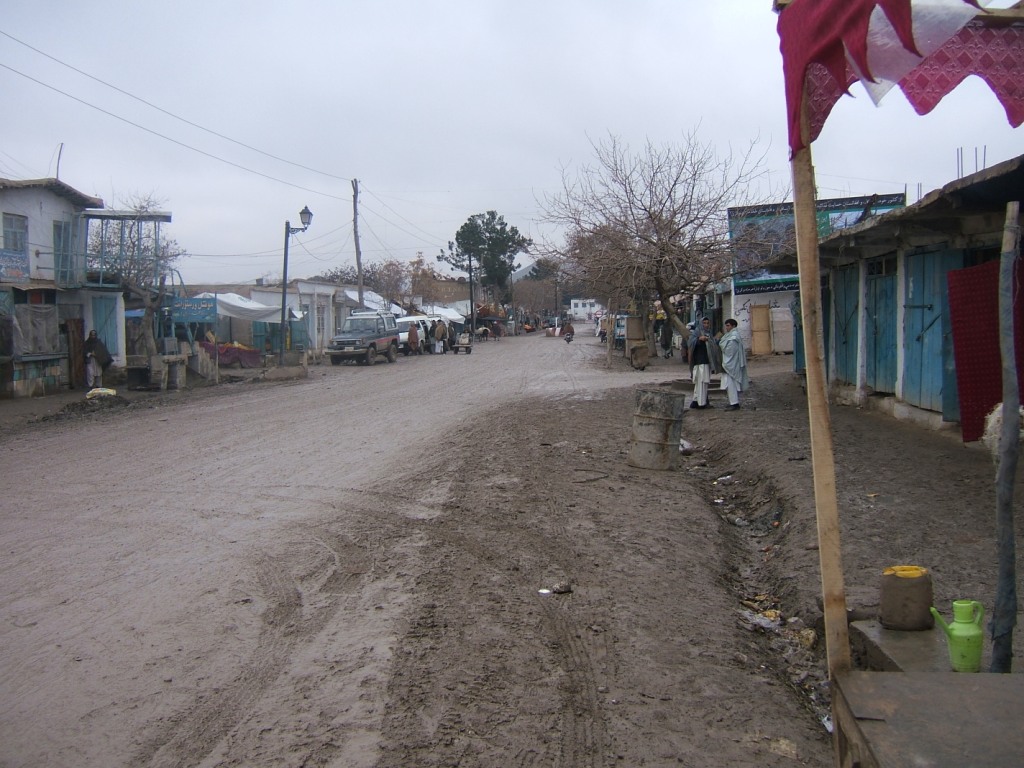
Qala-i-Naw reminded me of an old western town like Deadwood. Mud, mud and more mud. We took a census of the wheat lot and moved out because heavy weather was coming in and we didn’t want to be stuck there.

The drive out was easy as we beat the storm here is a great shot of medium Daud up on the pass.
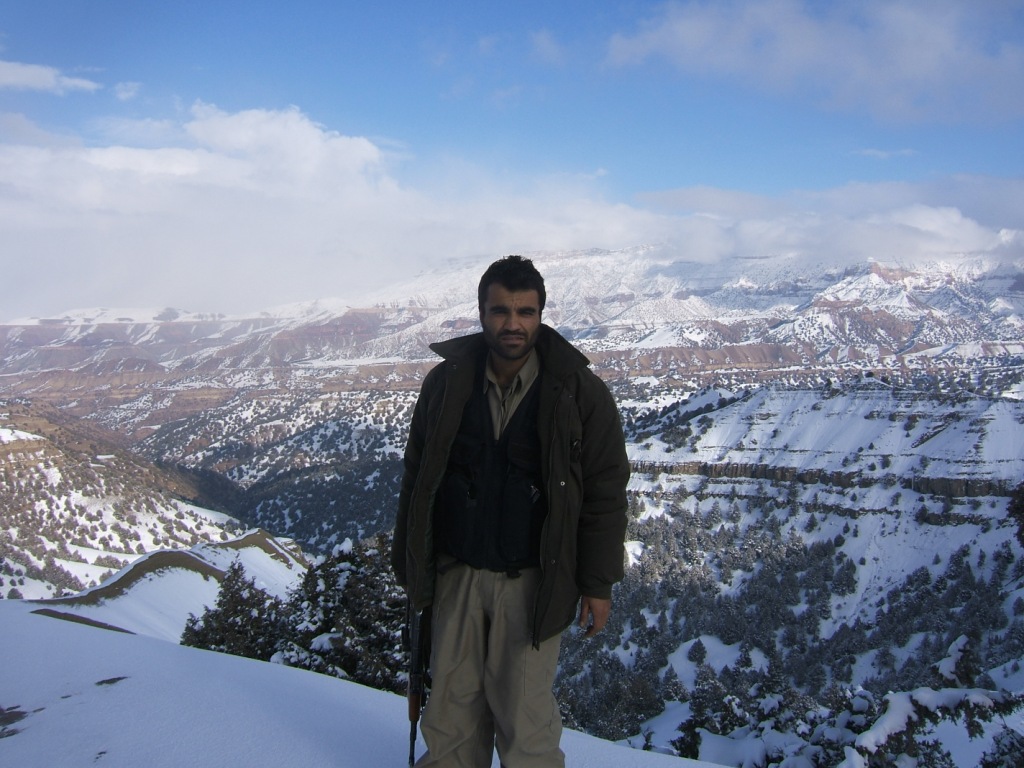
We could not make a trip like that today even in the snows of winter. I saw a news article about a BBC film crew that went to the Jam Minaret last year to film a special. They took 60 ANP policemen with them. That is unquestionably overkill, in the remote west the chances of running into AOG bands numbering more than a dozen are around zero. It probably cost the BBC a fortune too but who cares?

There is little doubt that the region is much more dangerous then it was just two years ago, ten times more dangerous then it was four years ago and twenty times more dangerous then it was six years ago. See the trend line?


